Blender vs. Food Processor: Learning the Key Differences and what suits you best.
If you’re a foodie and enjoy dabbling in the kitchen, you’ll no doubt have read various recipes and followed the methods directing you to use a blender to puree your ingredients. Thing is, we’re often directed by another recipe to use our food processor for the same process.
So is it just the same thing really? Just different names?
Apparently not and we’ll detail key differences between the two in this article.
Two Indispensable Tools
When it comes to kitchen gadgets, blenders and food processors are two vital tools, each with its unique abilities. Whether you’re a food enthusiast, a novice in the kitchen, or just starting your culinary journey, understanding the core differences between these appliances is essential.
Both blenders and food processors aim to simplify food prep, but they have distinct functions and features.
Delving into the Blender vs. Food Processor discussion helps you grasp their differences and empowers every home cook to make informed choices based on their culinary needs.
Blenders – Versatile Pioneers of Smoothness

Blenders are celebrated for their adeptness at blending, pureeing, and liquifying ingredients into velvety textures.
Characterised by a high-speed motor and a set of sharp, spinning blades, blenders excel in transforming fruits, vegetables, and liquids into smoothies, soups, sauces, and creamy beverages.
Blenders work wonders with soft and liquid-based ingredients, ensuring a seamless amalgamation of ingredients, ready to tantalise taste buds.
Food Processors – Masterful Precision and Texture
 On the other hand, food processors showcase their culinary finesse in chopping, slicing, grating, and even kneading.
On the other hand, food processors showcase their culinary finesse in chopping, slicing, grating, and even kneading.
Equipped with various blades and discs, food processors provide precise control over the texture and size of the ingredients. From swiftly dicing vegetables to shredding cheese, and even making pastry dough, food processors excel in tasks that require consistency and a variety of textures.
Defining their Respective Applications
While blenders and food processors share some overlapping functions, their unique strengths dictate their ideal applications in the kitchen.
Blenders are the go-to choice for creating smooth and liquid-based recipes, such as fruit smoothies, creamy soups, and emulsified dressings. They effortlessly blend ingredients into homogenous mixtures, making them perfect for recipes that require a uniform and silky texture.
In contrast, food processors are the culinary virtuosos for tasks that demand precise slicing, dicing, or grating. They are a valuable asset when preparing large quantities of chopped vegetables, finely grated cheese, or even mixing dough for homemade bread or pastry creations.
Making an Informed Choice
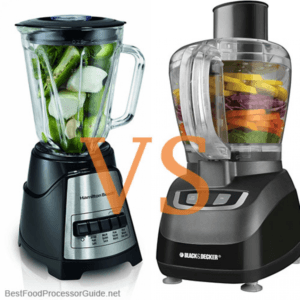 As we understand the distinctions between blenders and food processors, it becomes evident that the choice between the two depends on the specific cooking needs and culinary preferences of each individual.
As we understand the distinctions between blenders and food processors, it becomes evident that the choice between the two depends on the specific cooking needs and culinary preferences of each individual.
Home cooks seeking to whip up nutritious smoothies, velvety sauces, or refreshing soups may find a blender as their ideal ally.
On the other hand, those aiming to perfect their knife skills, produce uniform slices, or conquer the art of pastry may opt for the multi-faceted food processor.
Ultimately, the Blender vs. Food Processor dilemma is an opportunity for aspiring cooks to equip themselves with the right culinary tools, enabling them to craft and create an array of delicious foods and inspired creations in their own kitchens.
Disclosure: This post contains affiliate links, which means that we may receive a commission if you make a purchase using these links. As an Amazon Associate, we earn from qualifying purchases.
===> Click here to see a range of Blenders and Food Processors
What are the advantages and disadvantages of using a blender vs a food processor?
Blenders and food processors are both versatile kitchen appliances that can help you prepare a wide range of dishes.
However, they have distinct advantages and disadvantages that can impact their suitability for specific tasks.
Here are some of the advantages and disadvantages of using a blender vs a food processor:
Advantages of using a blender:
- Blenders are relatively inexpensive compared to food processors, making them a more budget-friendly option.
- Blenders are ideal for creating smoothies, frozen drinks, and soups, as they can easily blend ingredients into a smooth consistency.
- Blenders are typically smaller in size, making them easier to store in the kitchen.
- Blenders often come with a pour spout, which allows for easy transfer of puréed ingredients to other containers.
Disadvantages of using a blender:
- Blenders are not as versatile as food processors and cannot handle tasks such as kneading dough or slicing vegetables quickly.
- Blenders are not as durable as food processors and may not last as long.
Advantages of using a food processor:
- Food processors are more versatile than blenders and can handle a wider range of tasks, such as chopping, shredding, and pureeing.
- Food processors are generally more durable than blenders, making them a great long-term investment for any kitchen.
- Food processors are easier to clean than blenders since they require less liquid for operation.
- Food processors often come with accessories that make them ideal for baking tasks like preparing dough.
Disadvantages of using a food processor:
- Food processors are generally more expensive than blenders, making them a less budget-friendly option.
- Food processors are not as good as blenders for creating smoothies, frozen drinks, and soups.
- Food processors are not as good as blenders for crushing ice, as it can be harsh on the blade and motor.
Ultimately, the choice between a blender and a food processor depends on your cooking preferences, the tasks you frequently perform, and your budget.
By understanding the advantages and disadvantages of each appliance, you can make an informed decision and choose the best tool for your specific needs.
Here are some safety tips to keep in mind when using a blender or a food processor
 Using a blender or food processor can make food preparation much easier and faster, but it is important to use them safely.
Using a blender or food processor can make food preparation much easier and faster, but it is important to use them safely.
Here are some safety tips to keep in mind when using a blender or food processor:
- Read the instructions: Before using a blender or food processor, read the manufacturer’s instructions carefully to understand how to use the appliance safely.
- Keep hands and utensils away from the blades: Always keep your hands, fingers, and utensils away from the blades when the appliance is in use. This will help prevent cuts and other injuries.
- Avoid loose clothing and jewellery: When using a food processor, avoid wearing loose clothing or jewellery that could get caught in the blades. Tie back long hair or wear a cap to prevent it from getting caught in the appliance.
- Cool hot liquids before processing: If you need to process hot liquids or semi-solids, allow them to cool for 3 to 5 minutes before processing them in a blender or food processor. This will help prevent steam burns and protect the blades from intense heat.
- Keep the appliance dry: Always be careful when pouring food or liquid in or out of the blender or food processor to keep the power cord and socket dry. Clean and dry the appliance well after each use.
- Insert the blade before adding ingredients: When using a food processor, insert the blade before adding ingredients to prevent the blade from accidentally cutting you.
By following these safety tips, you can use your blender or food processor safely and avoid accidents or injuries. Remember to always read the instructions carefully and use the appliance as intended to ensure a safe and enjoyable cooking experience.
We think it’s safe to say that Blenders and Food Processors are two very distinct, must-have kitchen appliances, each offering different functions to increase efficiency in the kitchen.
We hope this article helped you to distinguish the differences between Blenders vs Food Processors, and arms you with the knowledge to know which one will work best for your needs. If you would like to check out some blenders or food processors, then please head on over to our article – What Equipment Do You Need to Make Homemade Ice Cream? – which provides handy links to both.
We hope you have found our article useful and informative. Please do drop us a comment if you have any questions.
Stay connected for more homemade ice cream inspiration! Join us for mouthwatering recipes, expert tips, and exclusive updates. Follow us on Pinterest, Instagram, Facebook, and X by clicking on any of the social media icons below.










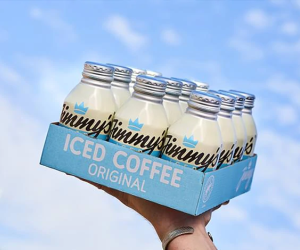









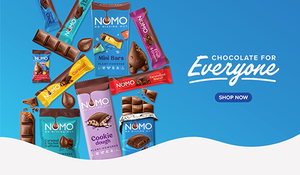






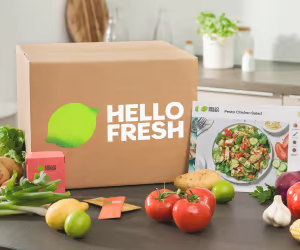


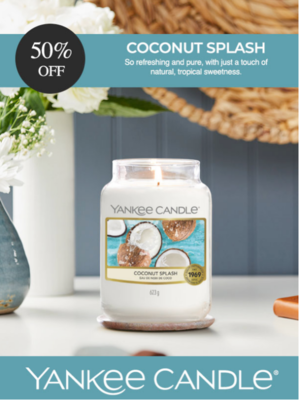





Hi Cian, Nice to see you again and thank you for your lovely comment. Guylian chocolates have that wonderful nostalgic charm,…